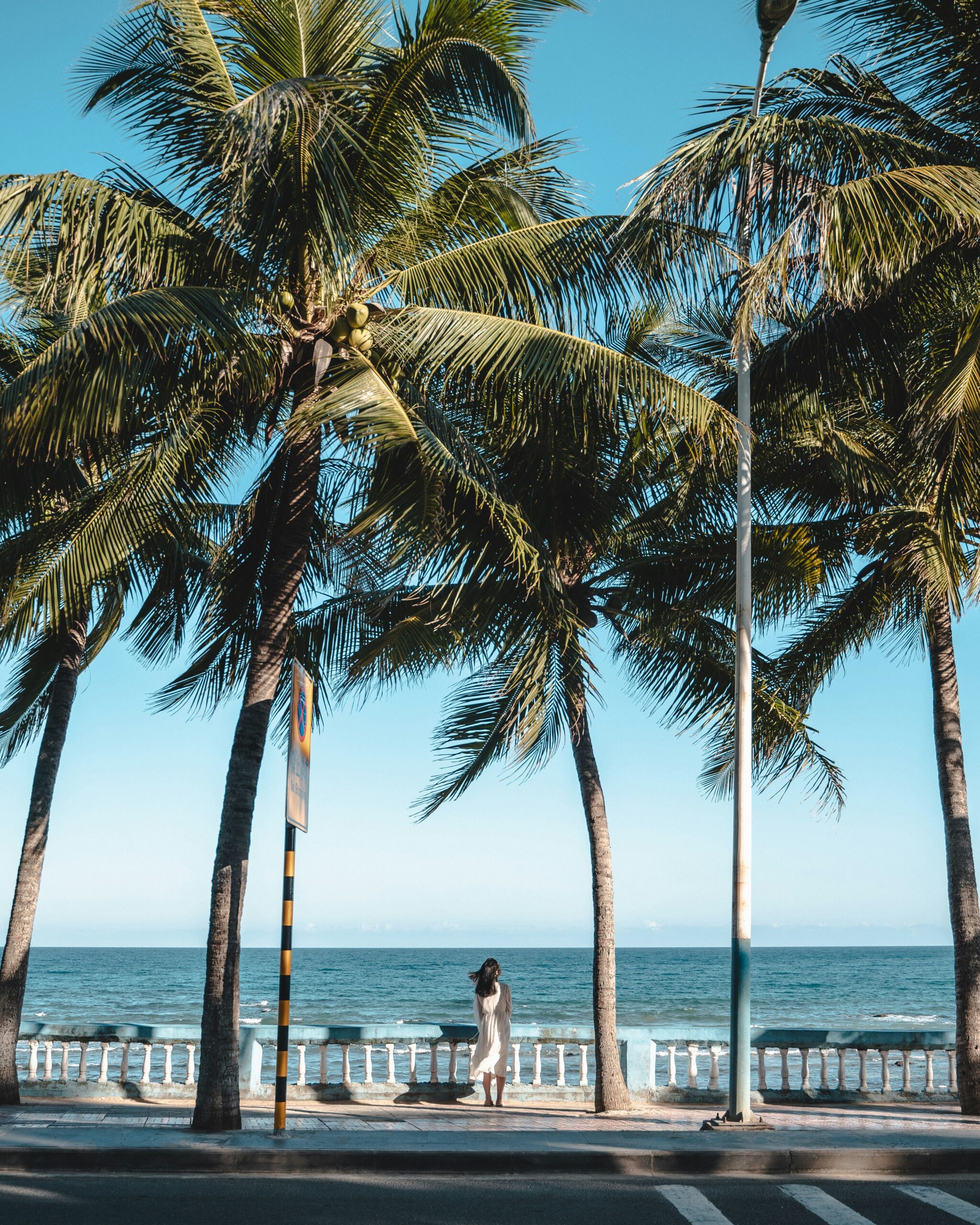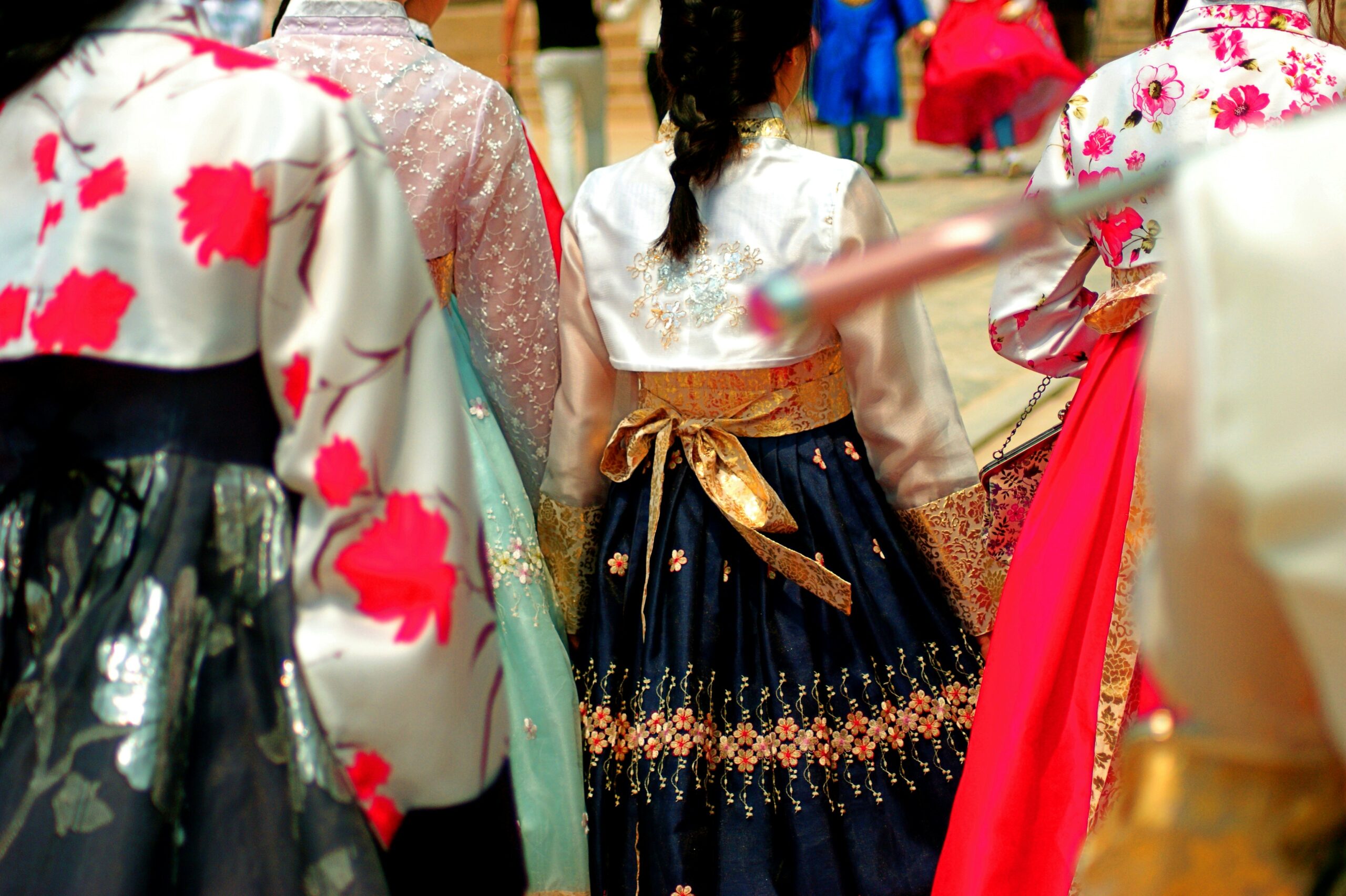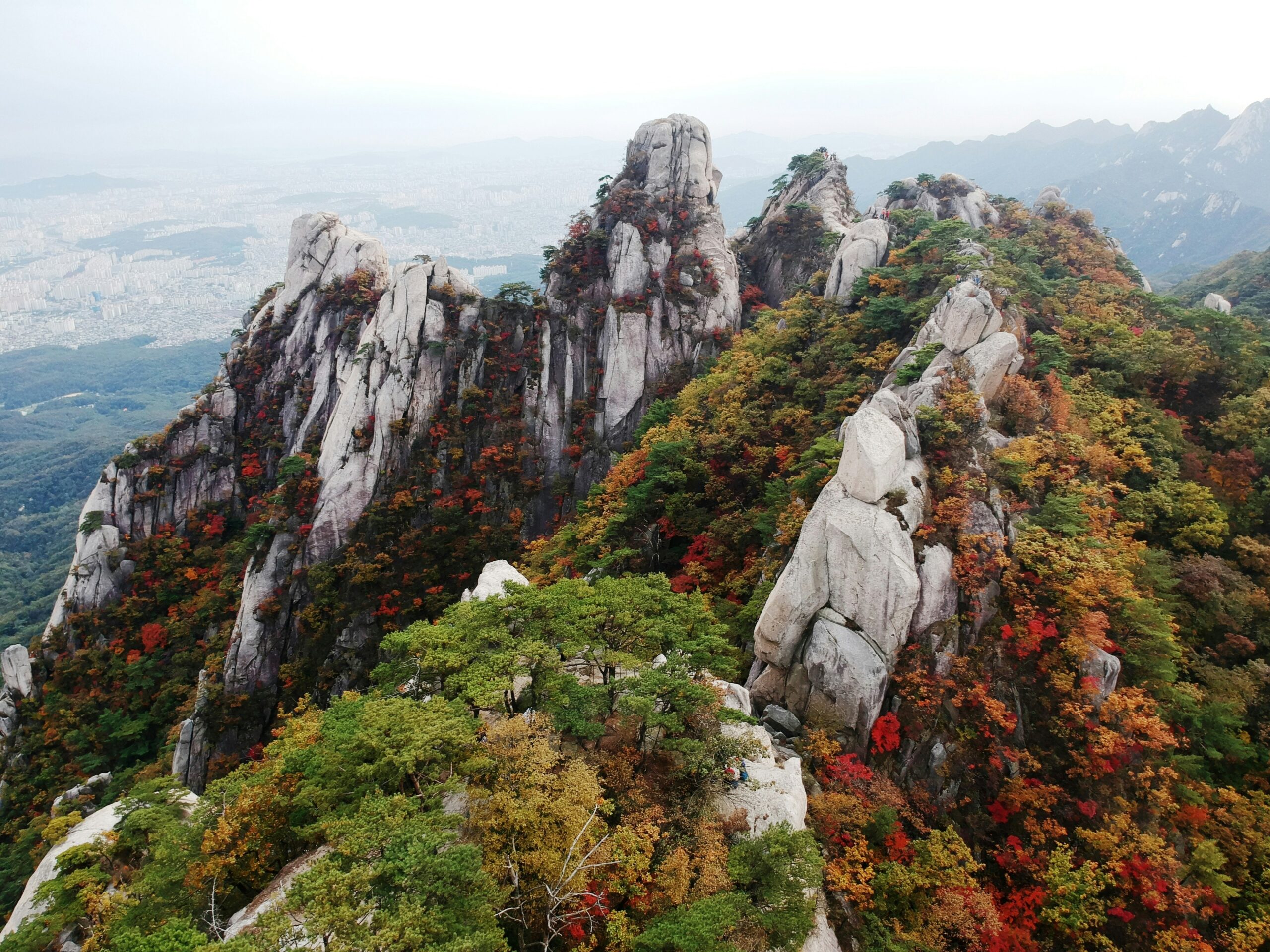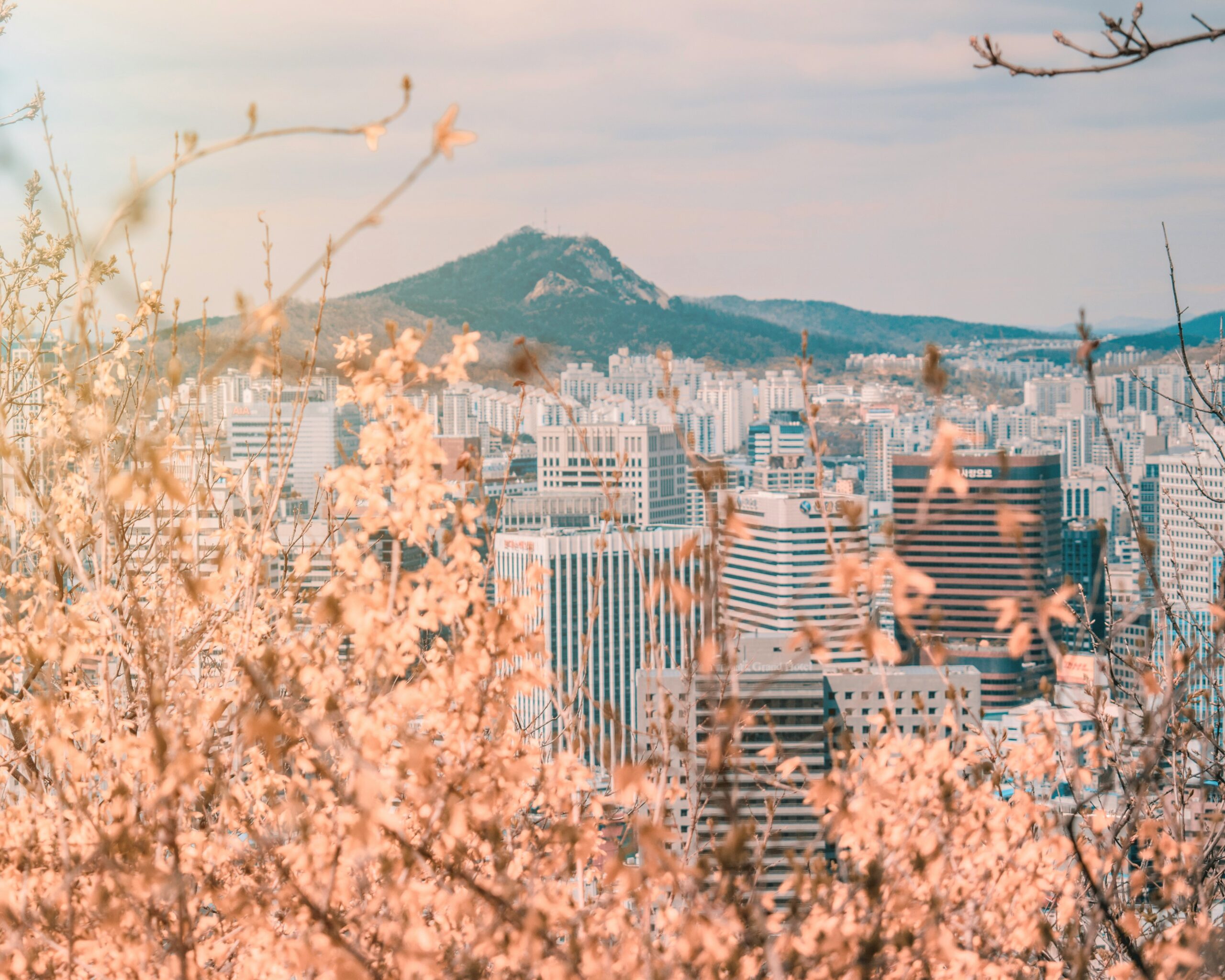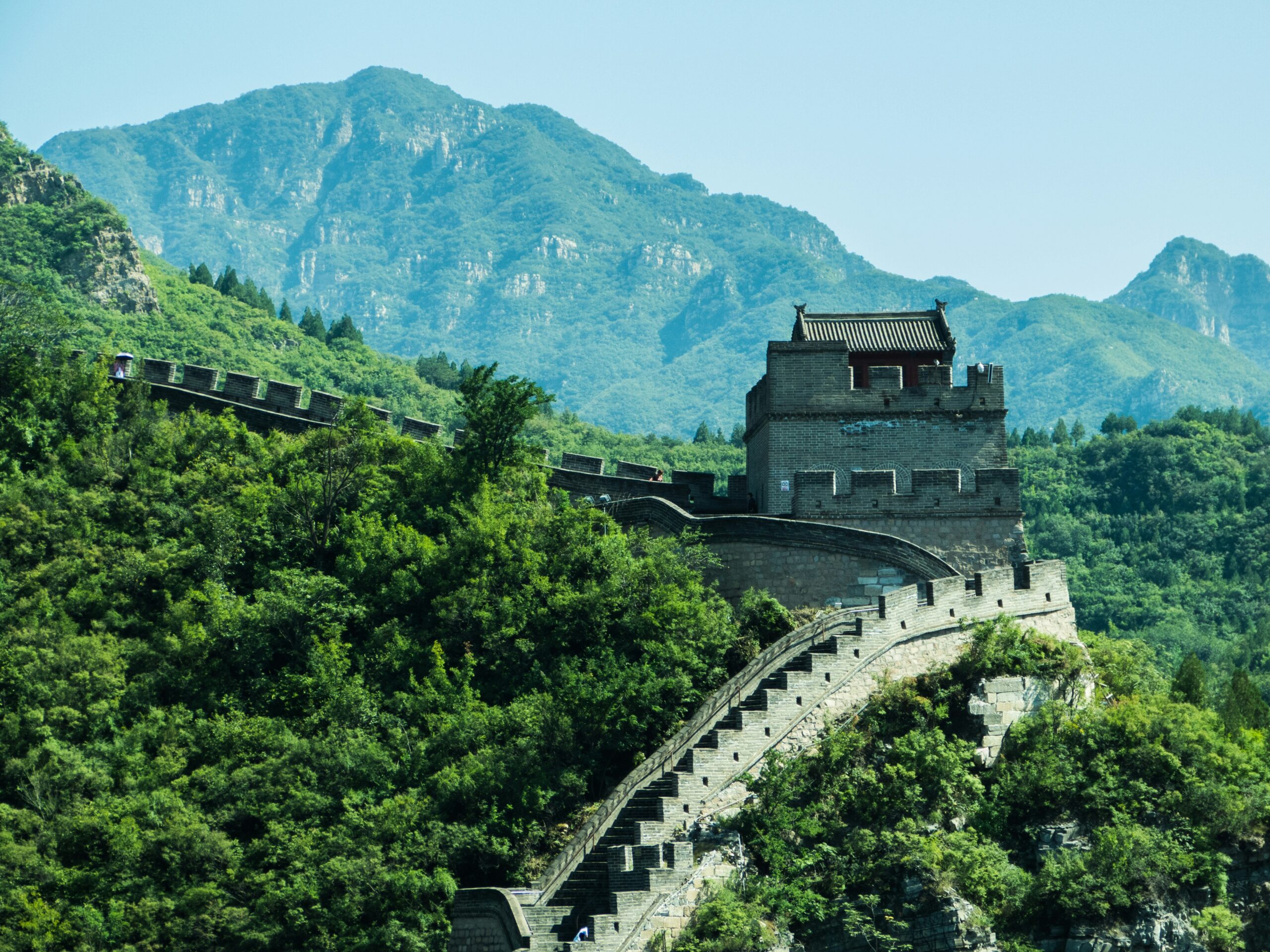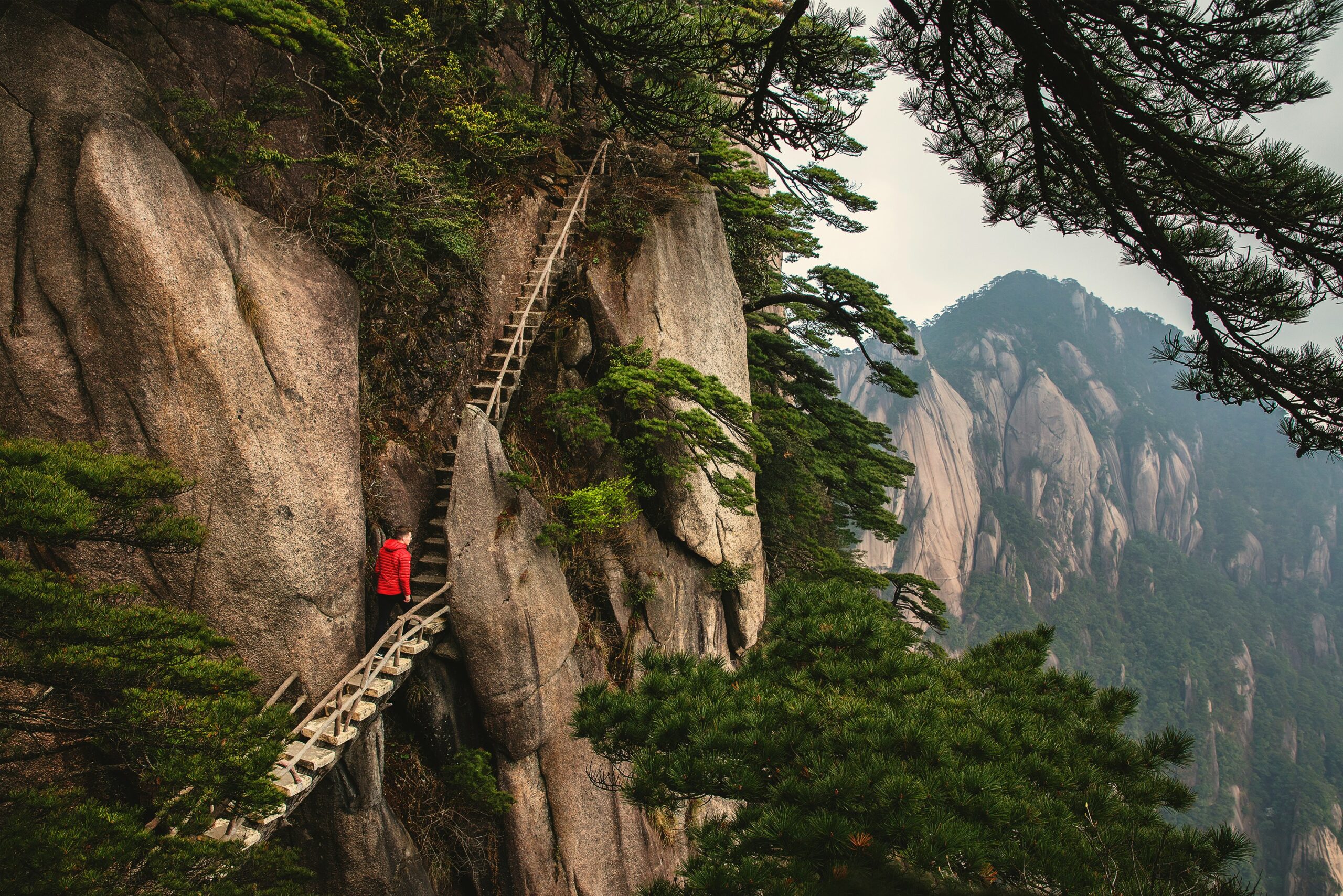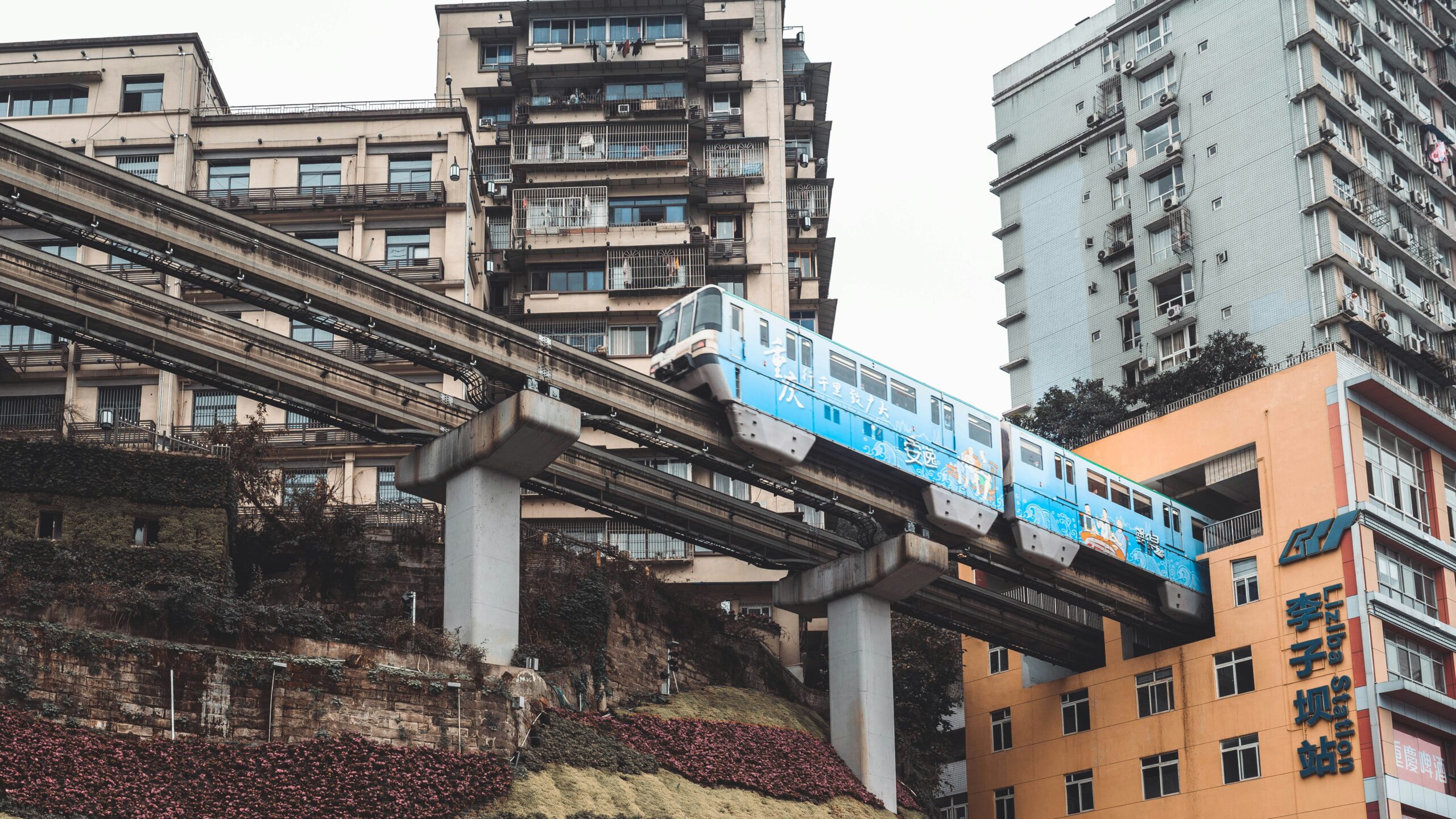Understanding What Causes Blistered Feet
Blistered feet are a common issue, especially among people who are active or spend long hours on their feet. These small pockets of fluid form between the upper layers of skin due to repeated friction or pressure. Whether you’re breaking in new shoes, hiking for extended periods, or simply walking in ill-fitting footwear, your feet are vulnerable to blistering. Sweat, heat, and moisture also contribute, softening the skin and making it more prone to damage. While most blisters are not serious, they can be quite uncomfortable and may even lead to infection if not treated properly.
Common causes of blistering feet include:
- Wearing shoes that are too tight or too loose
- Walking or running long distances without proper sock protection
- Increased foot moisture from sweat or wet environments
- Repetitive movements causing localized friction
Identifying the cause early on is one of the most effective steps in blister care for feet. By addressing the root source, you can prevent further irritation and speed up recovery.
First Steps in Blister on Feet Treatment
When you notice a blister forming, prompt action can reduce discomfort and prevent complications. The first rule in blister on feet treatment is to avoid popping it, as the fluid acts as a cushion and helps protect the underlying skin. If the blister is small and intact, cover it with a clean, breathable bandage or blister patch. These specialized coverings offer blister protection for feet by reducing friction and shielding the area from bacteria.
If a blister does break on its own, follow these steps:
- Gently clean the area with mild soap and water
- Apply an antibiotic ointment to prevent infection
- Cover with a sterile bandage or gauze
- Change the dressing daily or whenever it becomes wet or dirty
Using proper blister care feet methods from the beginning not only relieves pain but also minimizes the risk of further damage or infection.
Effective Home Remedies and Treatments
In addition to basic first aid, several home remedies can support healing and provide comfort. One of the simplest approaches is to soak your feet in warm, soapy water to clean the area and reduce inflammation. Adding a bit of Epsom salt can help dry out the blister naturally. Aloe vera gel is known for its soothing and anti-inflammatory properties, making it a useful option for blistering feet.
Other helpful treatments include:
- Applying petroleum jelly to reduce friction in vulnerable areas
- Using hydrocolloid dressings that promote faster healing
- Wearing moisture-wicking socks to keep feet dry
- Elevating your feet to reduce swelling
These methods can be integrated into your daily routine to ensure you’re giving your feet the care they need as they heal. Always monitor for signs of infection such as redness, swelling, or pus, and consult a healthcare provider if symptoms worsen.
Preventing Blisters Before They Start
Prevention is key when it comes to blistering feet. The right footwear and socks can make a significant difference in protecting your skin. Shoes should offer adequate support and fit snugly without being too tight. Avoid wearing new shoes for extended periods right away—gradually break them in to reduce the risk of blisters.
Additional prevention strategies include:
- Wearing double-layered or padded socks
- Using blister prevention products like protective sprays or specialized tapes
- Keeping your feet dry with talcum powder or moisture-absorbing insoles
- Inspecting your feet daily for hot spots or early signs of irritation
Investing in blister protection for feet doesn’t have to be complicated. Small changes like choosing breathable materials and rotating your shoes can go a long way in keeping your feet comfortable and blister-free.
When to Seek Medical Attention
Most foot blisters can be managed at home, but in some cases, medical attention may be necessary. If a blister becomes excessively painful, shows signs of infection, or doesn’t improve within a few days, it’s wise to consult a healthcare professional. People with diabetes or circulatory issues should be especially cautious, as blisters can lead to more serious complications if left untreated.
Signs that you should seek medical advice include:
- Persistent redness or swelling
- Foul-smelling discharge or pus
- Fever or chills accompanying the blister
- Difficulty walking due to pain
Early intervention ensures that minor issues don’t develop into significant health concerns. By combining proper blister care feet routines with timely medical support when needed, you can maintain healthy feet and avoid long-term discomfort.
Conclusion: Keep Your Feet Healthy and Blister-Free
Blistered feet can be a painful inconvenience, but with the right knowledge and care, they are easily manageable. Understanding the causes, applying proper treatments, and taking preventative steps all contribute to better foot health. Whether you’re an athlete, a hiker, or someone on their feet at work, prioritizing blister protection for feet is essential. By recognizing the early signs and acting promptly, you can ensure quicker healing and avoid unnecessary complications. Take care of your feet—they carry you through every part of your day.


